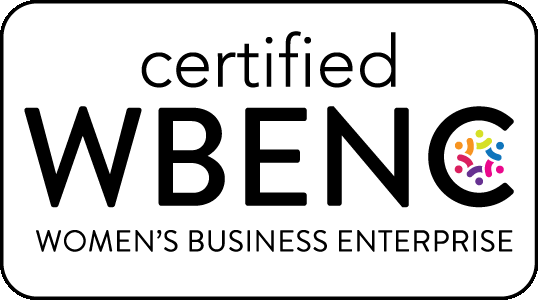The latest from our blog
Explore insights, how-to tips, trends, and best practices from our team of internal communications experts. All our blog posts are original content written by our writers, consultants, and interns.
-

Annual Enrollment Communication Will Be Different This Year
Here’s How to Step Up Your Game By now, you’ve probably nailed down your 2025 benefits design and have a good idea of what needs to be communicated during annual enrollment (AE). This AE won’t be like other years, though. You’ll be sending your benefits messages to employees against an […]
-

The Brave New World of Workplace Texting – And How to Manage It
Instant messaging has earned its place in the workplace and – if done well – can boost efficiency, cut down on emails, and increase camaraderie. The communications team should encourage texting best practices by creating and enforcing ground rules. —— 6:50 am 12:07 pm * Translation at end of article […]
-

Collaborating for Impact: How Change Management and Communication Can Partner for Success
Change is constant. Change can be difficult. And change demands highly effective communication. There’s a natural interdependency between change management and employee communications – but it’s not always an easy relationship. We spoke with Shaun McMillan, a change management professional who has worked with Johnson & Johnson, Kenvue, and other […]
-

Start AE Planning Today: Your Future Self Will Thank You
Most annual enrollments happen in the fall. So why start worrying about them in June? Here’s why. Because you spend a lot on benefits (30% of compensation), and you want employees to take advantage of and value them. Benefits are a crucial aspect of employee recruitment and retention. In fact, […]
-

Tech Trends That (Might Just) Top Traditional Tools
Technology can speed up or slow down project planning, strategy development, and execution. But with so many new offerings, it can be hard to know what technology to choose for each purpose. Here’s a look at some new contenders for presentations, graphics, project management, and content development that can stand […]
-

Walk the talk on workplace well-being
The pandemic helped employers better appreciate the link between employee well-being, engagement, and productivity. So over the past few years, employers have boosted well-being offerings in a big way. But all the benefits in the world can’t erase what is fundamentally the biggest influence on employee happiness and well-being—and that […]
-

As DEI gets a second look, what happens to DEI communications?
Earlier this year, the New York Times published DEI Goes Quiet, noting a shift in the Diversity, Equity & Inclusion (DEI) environment since the Supreme Court struck down affirmative action in college admissions. But while public sentiment remains split, many companies are actually expanding DEI efforts (57%, according to a […]
-

What’s up with employee unhappiness? Ways to get the sparkle back in your organization
A recent report from BambooHR delivered some sobering news: Employee happiness in the last quarter of 2023 was the lowest it’s been in four years. Gallup’s July 2023 poll also found over 80% of Americans are unhappy at work and in life. Given these statistics were collected post-pandemic, it’s definitely […]
-

The Caregiver Crisis: Prevent Burnout and Stay Productive
By 2025, it’s estimated that roughly half the American workforce will be caregivers for a parent or elderly loved one. And they’ll likely be doing so with little knowledge or support. Balancing the demands of work with the physical, mental, and financial demands of being a caregiver (perhaps to children […]
-

Storytelling: Put all the pieces in place
If you’ve ever struggled to get your point across or worried that your presentations are utterly forgettable, you’re not alone. Trying to communicate effectively can sometimes feel like a jigsaw puzzle where none of the pieces seem to fit quite right. Successful storytelling works like the puzzle’s border: It forms […]


